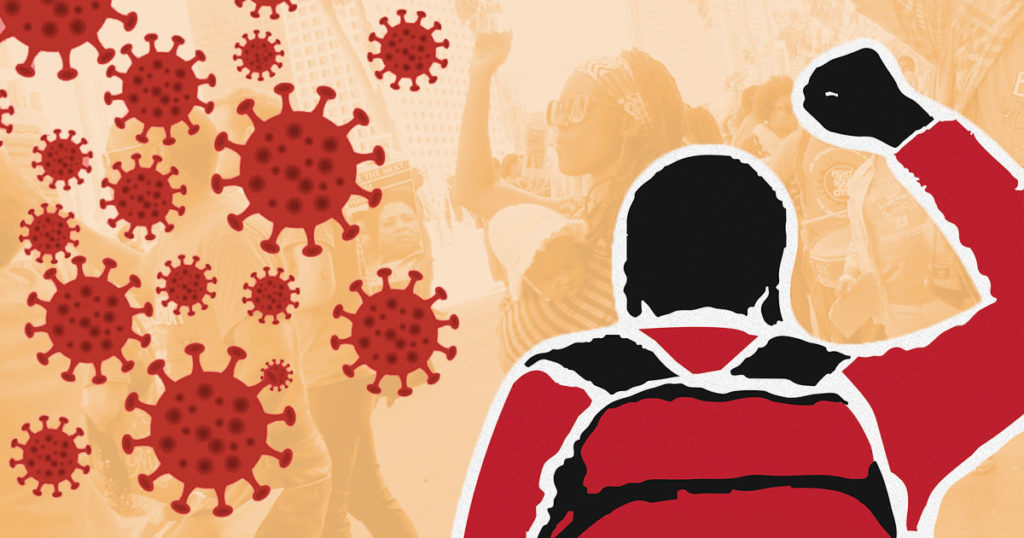Republished with permission from the People’s Think Tank

By Mark R. Warren, Jonathan Stith and Emma Tynan
In the summer of 2020 community organizing groups led by students of color and their families rode the wave of mass protests against police racism and violence to begin to win their long-sought demand for police-free schools. They won some well-timed victories in defunding or removing police from schools and sparked a movement that spread across the country. Beginning in June 2020, more than 138 school districts announced they would remove police from schools.
Then came the “white lash.”
The school-to-prison pipeline under pandemic schooling
Report after report documented how students returning to schools in low-income communities of color this fall were in crisis, traumatized by the suffering of their families during COVID, and entering their third year of pandemic schooling. Few systems invested in support structures for these students, however, instead re-establishing the same kind of rigid and punitive schooling that had been failing students prior to the pandemic.
When some fights inevitably broke out among students, instead of supporting them with alternatives like restorative justice, schools fell back on punishment. Supporters of police in schools seized the opportunity to try to reverse the police-free schools momentum. The “white lash” became part of a larger movement to pushback against the gains of the antiracist movement, including attacks on the teaching of Critical Race Theory, or, in reality, the teaching of curriculum that tells the truth about American racism.
A number of school systems across the country began to call for the reinstatement of police officers, also called school resource officers (SROs), in schools. Alexandria, VA, a district that had previously voted to defund SROs from all their schools, voted to return the police to their schools after supporters capitalized on several incidents of violence in and around schools. In Denver, the community organizing group Padres & Jovenes Unidos that won its campaign to get the school district to end its contract with Denver Police to provide SROs now charges that the district is hiring an even greater number of safety patrol officers that are essentially cops with another name. After a series of fights in schools, officials in Prince Georges County, a predominantly Black suburb in Maryland, went so far as to call upon the Department of Homeland Security to conduct surveillance on students.
In other words, the zero-tolerance discipline and policing practices that created the school-to-prison pipeline, as described in our book Willful Defiance, are being hardened in what we now might call the “pandemic-to-prison” pipeline.
Police don’t make safe learning environments
The reality, though, is that police do not make schools safe. In fact, there is no research-based evidence the presence of police improves safety in schools.
What has been shown, however, is the role of school police in increasing the criminalization of students of color and those with disabilities. In schools with a police presence, students are five times more likely to be arrested and charged. Black students are twice as likely to be arrested in school than white students. One study in North Carolina found that school-based referrals make up about 40% of the referrals to the juvenile justice system and most of these referrals are for minor, nonviolent offenses. Meanwhile, over one and a half million students attend schools with police but no counselors; 10 million students attend schools with police but no social workers.
Instead of experiencing safety, students of color have faced police violence as they returned to schools this fall. In one case in Long Beach, California, an SRO shot and killed an 18-year old student, a young mother, as she was driving away from the school after a fight.
Roots of school police
Incidents like these remind us that school policing arose as part of the system of racial control that Michelle Alexander has termed the “New Jim Crow.” As the civil rights movement defeated legal segregation and schools became integrated, and as urban uprisings in the sixties grew, the U.S. radically increased the presence of police in Black communities and in urban schools. In the late 1970s, there were fewer than one hundred police officers in schools across the U.S. By 2003, there were almost 15,000. The number has only continued to grow.
In fact, the origins of policing are rooted in the system of white supremacy as early police systems like slave patrols were designed to enforce slavery and capture runaway slaves. That is why the contemporary movement for police-free schools has been called the “newest abolitionists.”
Imagining safe and supportive schooling
Advocates for police-free schools have been working to create alternatives to criminalization for many years, such as restorative or transformative justice. These initiatives engage educators in partnership with students and their families to change the culture of punishment and exclusion to one of inclusion and support, where members of the school community build respectful relationships and work together to create safe and supportive learning environments. Although some narrowly see restorative justice as a way to resolve student disputes, the larger project is to transform schooling. When educators learn about restorative justice, it often leads them to realize that they must break with zero tolerance mentalities and practices that punish and criminalize students rather than supporting them.
The vision for community-based solutions to the crisis of pandemic schooling was on full display in Shreveport, Louisiana this fall. After a series of fights at the local high school resulted in nearly two dozen students getting arrested, suspended, or expelled in a span of 72 hours, a group of fathers stepped up. Forming “dads on duty” they sought to work with young people rather than punish and criminalize them, and have planted yet another seed in the ongoing movement for police-free schools. In this way, the movement for police-free schools seeks to reimage public schooling as safe, humane, and empowering for all students.
Click here for additional resources on police-free schools >
About the Authors:
Mark R. Warren is Professor of Public Policy and Public Affairs at the University of Massachusetts Boston and the author of Willful Defiance: The Movement to Dismantle the School-to-Prison Pipeline (Oxford University Press, 2021).
Jonathan Stith is the National Director of the Alliance for Educational Justice and co-director of the National Campaign for Police-Free Schools.
Emma Tynan is a PhD student in Public Policy at the University of Massachusetts Boston.


